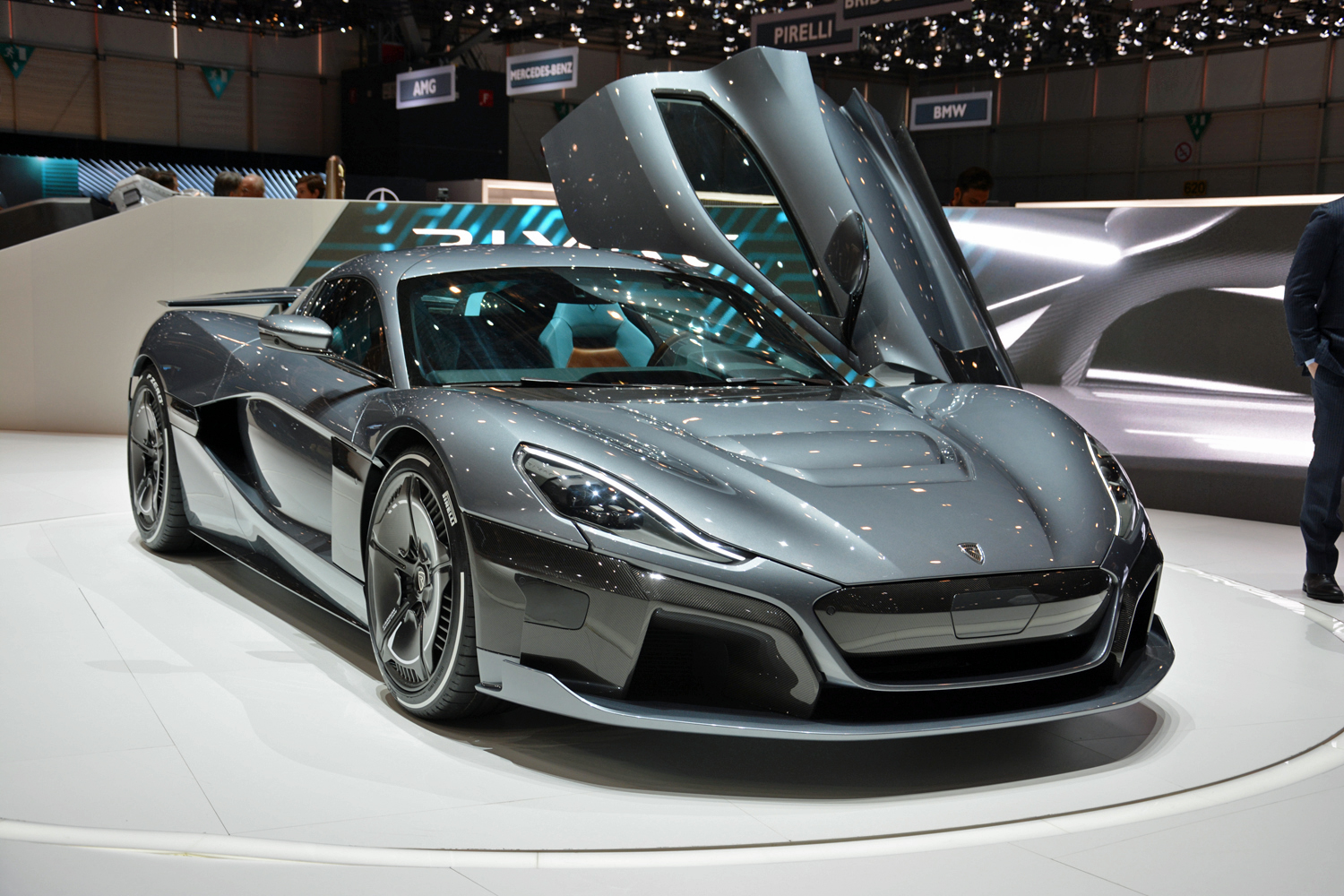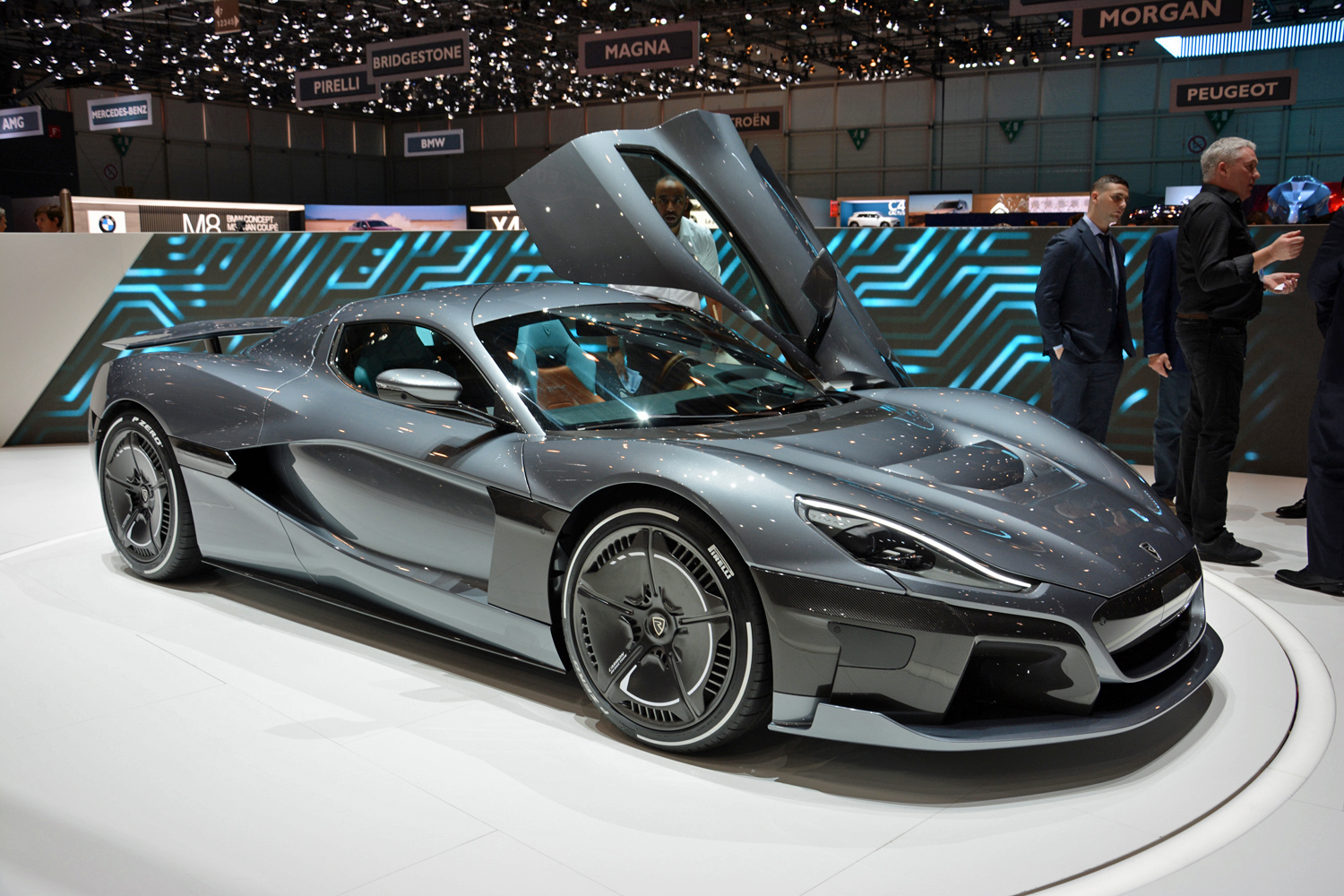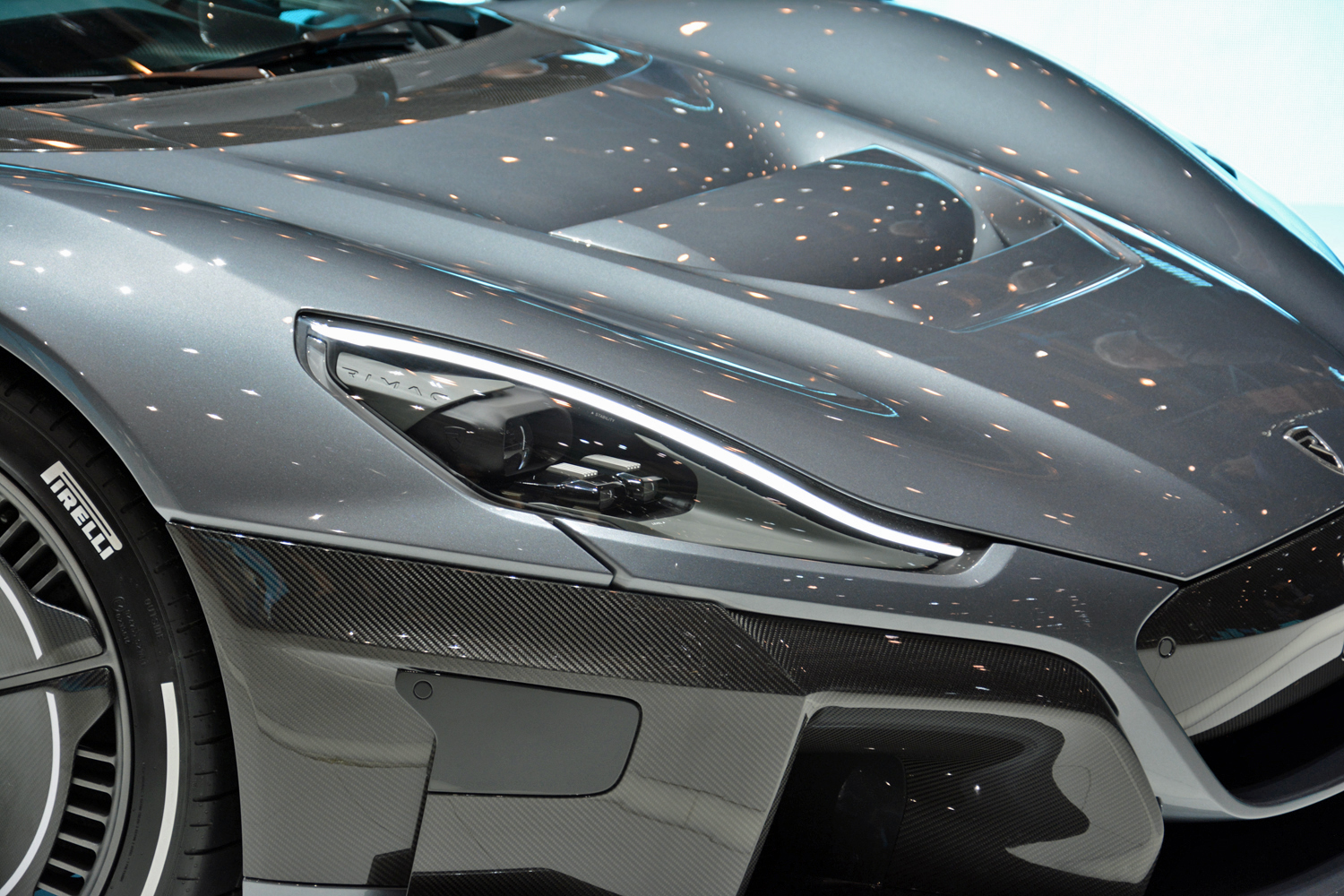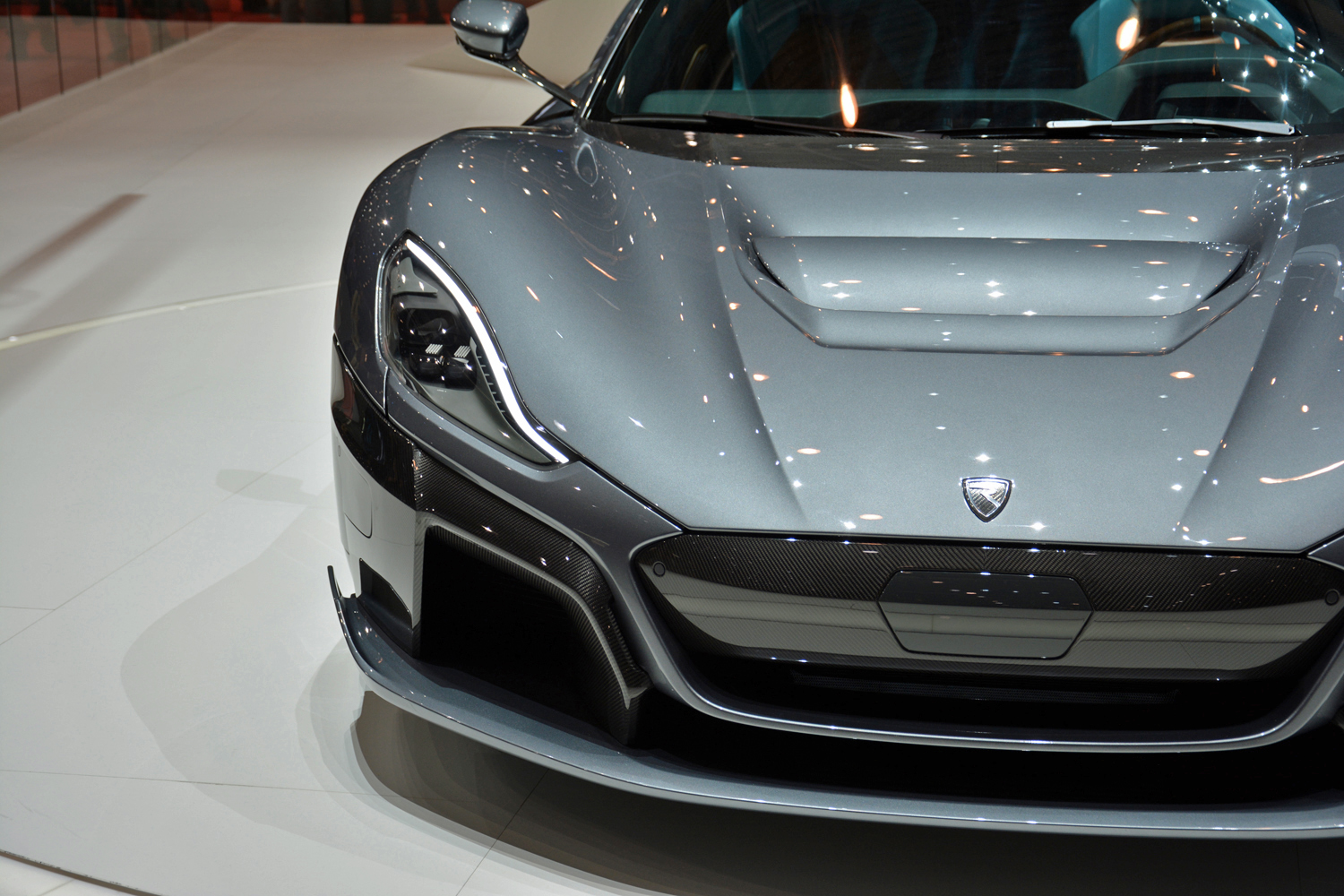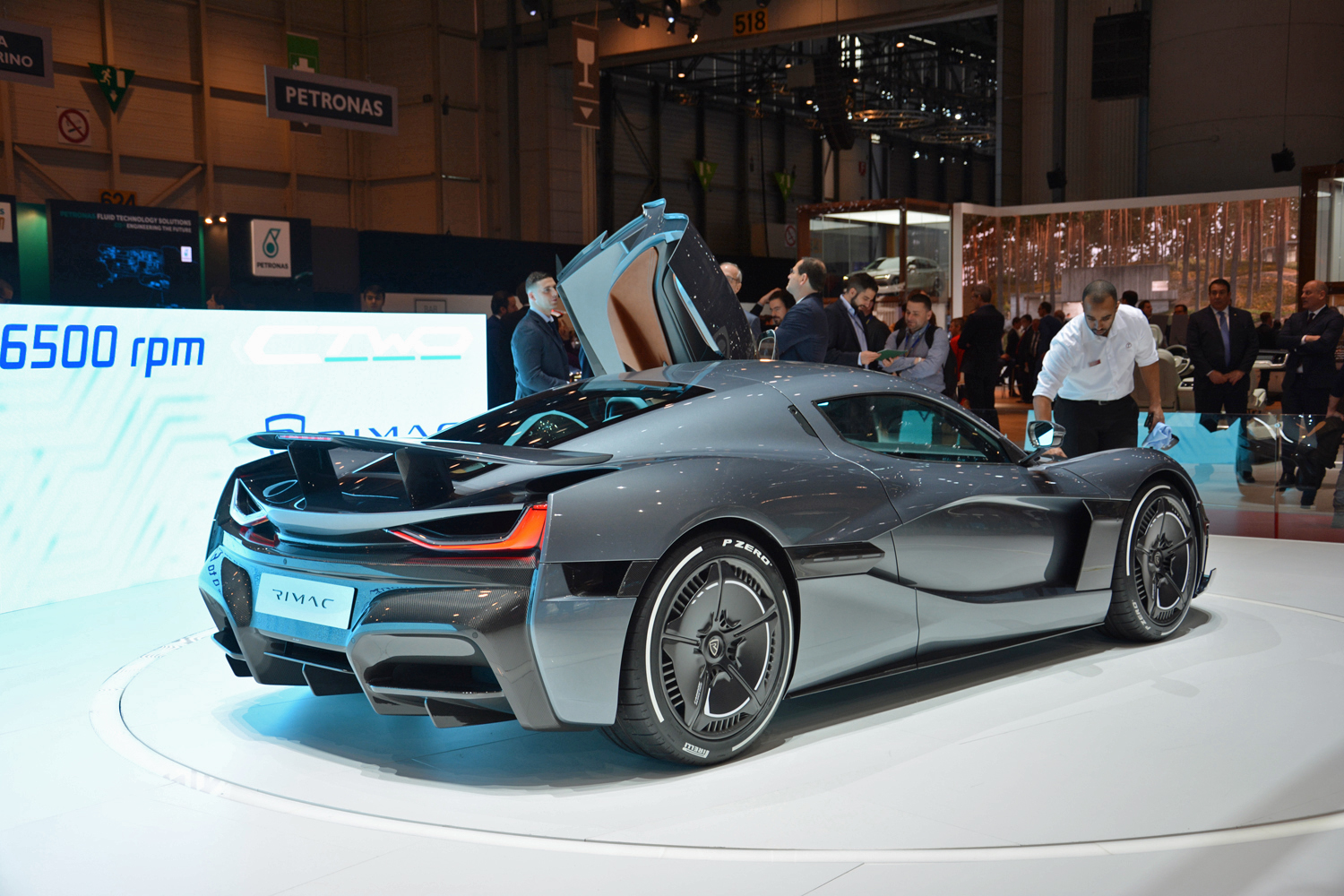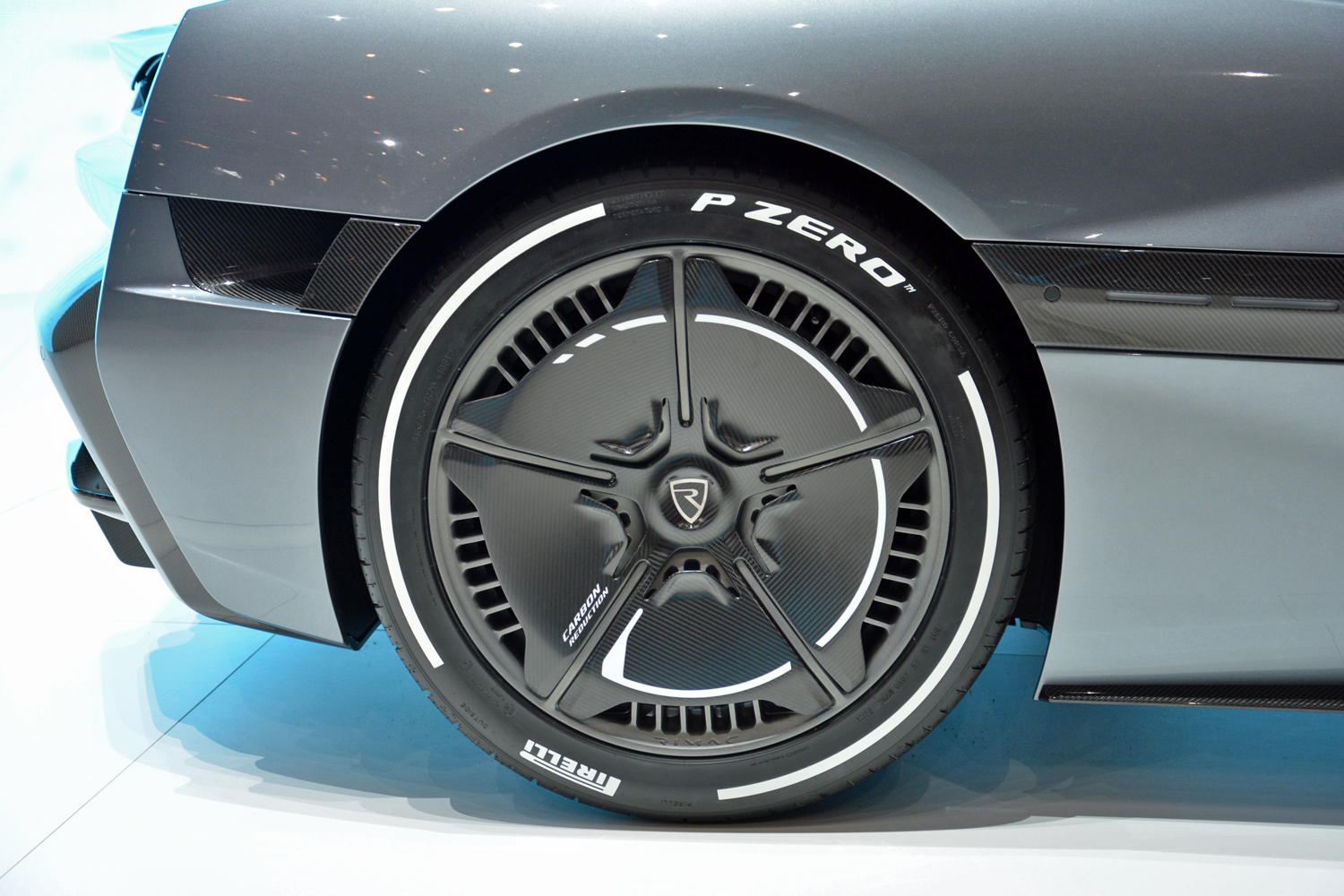Croatian startup Rimac is quietly but skillfully bringing electrification to the hypercar segment. The limited-edition C Two that was unveiled as a close-to-production concept during the 2018 Geneva Auto Show sold out in record time, and the company is getting ready to deliver the first examples to customers. It’s shaping up to be unlike any electric car you’ve ever seen.
Company founder and CEO Mate Rimac said his engineering team spent years fine-tuning the C Two using detailed computer simulations. Digital tools have gotten so advanced that they significantly cut down the amount of time needed to transform a concept into a production model. Real-world testing remains inevitable, so Rimac will build 17 prototypes to put them through their paces around the world. Each one will serve a specific purpose; some will be used to test chassis rigidity, which directly influences handling, while others will let Rimac try out the C Two’s autonomous driving technology.
Wait a minute! autonomous technology in a hypercar? It’s an odd combination, as hypercars are built to deliver driving engagement and driverless features create the exact opposite, but Rimac is out to break the rules. The C Two’s four electric motors join forces to deliver 1,914 horsepower and a monstrous 1,696 pound-feet of torque to the four wheels. The company quotes a 1.85-second sprint from 0 to 60 mph, which, if achieved, would make it the quickest car in the world.
But, when drivers get tired of headache-inducing, gut-churning acceleration, they can rely on eight cameras, 12 ultrasonic sensors, a pair of lidar units, and six radar sensors to handle the driving duties when the right conditions are met. The armada of technology generates eight terabytes of data each hour to unlock hands-off, level 4 autonomous driving.
It’s no wonder Rimac sold the 150 cars it plans to build a few short weeks after unveiling the first prototype. That’s in spite of a base price pegged in the vicinity of $2 million, which is par for the course in the hypercar segment. The company will return to the Geneva Auto Show in 2020 to unveil the production variant of the C Two. The coupe will boast design tweaks, an improved interior, an updated powertrain, and a new name. Deliveries will begin by late 2020. That’s a huge task for a relatively young automaker. Building cars is more difficult than it sounds, but Rimac is confident it can pull it off.
Meanwhile, it’s also working with bigger, much older companies to help them electrify their sports cars. Porsche purchased a 10% stake in Rimac in 2018, and it increased its stake to 15.5% the following year, but there’s no word yet on how the two will collaborate. Hyundai and Kia jointly injected 80 million euros (about $90 million) into the company, and the former announced it will take advantage of the partnership to build a super-quick electric hot hatch.
